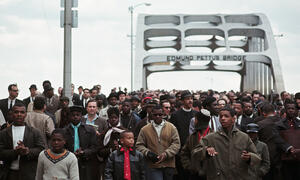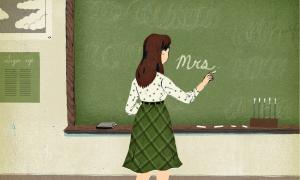“I'm just not good at math,” my daughter grumbled under her breath. I was surprised. Where did she get that idea, I wondered. As far as I can remember she has loved numbers and was quick to pick up math concepts. However, I began to see her confidence slowly wither and her frustration rise. It started in the 2nd grade. And, now, she sat at the kitchen table with pencil in hand, ready to give up, convinced she just couldn't do it anymore.





